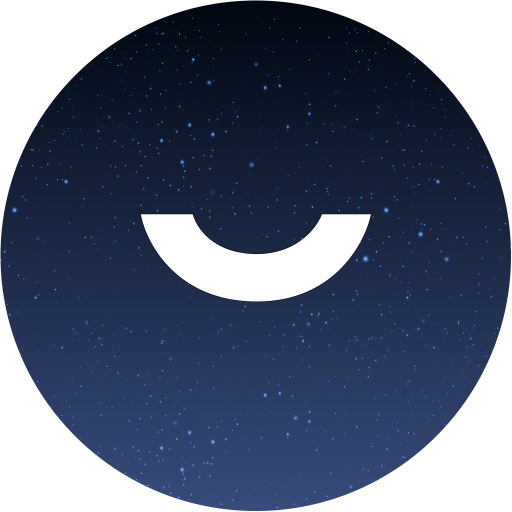The date was January 2007. The iPhone was known but not released, the iPod touch was not known. I was a recent convert to a 20” iMac and my only other Apple product was a 5th generation iPod. Little did I know that iPod would fail horribly a couple of months later, but it was my precious, and I had just bought some new software for it.
Listeners may remember that Apple sold a handful of games for the video-capable iPods, but this was not software that ran on the iPod. The application was called Pzizz from techtoolsoftware in Australia. Before you worry I am reviewing a 12-year-old product, let me wind the clock forward a bit.
Back in 2007, Pzizz was a Mac application that generated MP3 files that you could then load on your iPod via iTunes. In 2019, Pzizz is an iOS app that generates audio on-the-fly. It has always had the same goal — helping you calm your mind. That goal, in the original version, could be on deep sleep or a nap. Later came an additional “focus” mode which is designed to help you focus while you’re awake.
So what does Pzizz produce? Essentially, you get a “sound stage,” by default a soothing music, and a voice coaching you to sleep (or to focus). It may sound simple, but to quote the Pzizz website, you get “Human composed, algorithmically remixed sounds,” referred to as “Dreamscapes” along with narrations based on “proven clinical sleep interventions.”
To get the most out of Pzizz requires a subscription — USD$9.99 per month or USD$99.99 a year — however you can use the “classic” features of the original Pzizz (Sleep and Nap only) without any outlay and I have been using it like this for a while successfully. The subscription unlocks additional features including the Focus module, a lot of variety in the Dreamscapes and narrations, including monthly updates to this content, and more customisations. Used without a subscription you have just the one music type and one narration each for the Sleep and Nap modes. A subscription adds 33 more Dreamscapes, 13 Focusscapes, and five additional narration styles.
 After using Pzizz in free mode for a while, I recently subscribed and have now tried out a few variations. I’ve long known that I sleep better when I can hear rain against the windows and now I can use Pzizz to get endless rain. Or thunderstorms if I’m feeling a bit adventurous. I briefly tried one alternate narration but found the difference in the voice a little jarring compared to what I was used to. I suspect I need to give it a chance, though.
After using Pzizz in free mode for a while, I recently subscribed and have now tried out a few variations. I’ve long known that I sleep better when I can hear rain against the windows and now I can use Pzizz to get endless rain. Or thunderstorms if I’m feeling a bit adventurous. I briefly tried one alternate narration but found the difference in the voice a little jarring compared to what I was used to. I suspect I need to give it a chance, though.
The one trouble I had with using Pzizz was how to physically listen. Having recently purchased some SleepPhones from Acoustic Sheep, I now have the perfect tool, though if you sleep alone or have an understanding partner you may be able to play it out loud. While the sleep mode is my primary use — to combat bouts of insomnia — I have also tried the nap mode on a few occasions and after subscribing I was able to give the focus mode a go. I used it at work while writing some code and it seemed to work pretty well using my Sony WH-1000XM3 noise cancelling headphones. The FocusScape I used was a “central railway station.”
Because Pzizz is all about sound, I thought it appropriate to include some recordings of the app in action. First up, here is a 30 second clip of the “Central Terminal” FocusScape.
And now a 26 second clip of the default Sleep DreamScape. About half way through I will switch the voice from male to female — an option that comes with a subscription.
You can read all about the science behind Pzizz over on their website at pzizz.com, however I can tell you that, for me, it works. I have theorised that at the very least, having a soothing voice in my head stops me from thinking about all those things that keep me awake.
If you don’t want to take my word for it, Pzizz list a few testimonials from people you may have heard of — JK Rowling, HRH the Duke of York, and NBA star Roy Hibbert all rave about it.
You can find Pzizz on the iOS App Store.

